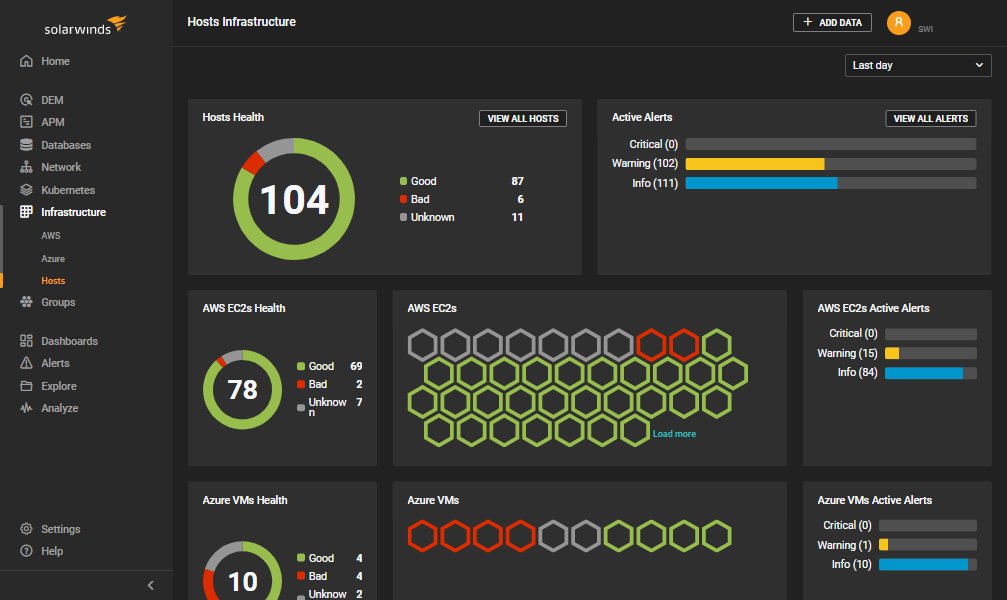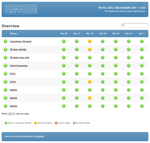What Google autocomplete has to say about the Internet

 We all love the Internet, but using it also has its fair share of frustrations. This becomes fairly obvious when you look at the automatic suggestions that Google makes as you type in your searches…
We all love the Internet, but using it also has its fair share of frustrations. This becomes fairly obvious when you look at the automatic suggestions that Google makes as you type in your searches…






 It’s finally happened. After a long reign at the top, Microsoft’s Windows XP is no longer the most widely used desktop operating system in the United States, instead turning the crown over to Windows 7.
It’s finally happened. After a long reign at the top, Microsoft’s Windows XP is no longer the most widely used desktop operating system in the United States, instead turning the crown over to Windows 7. We’ve mentioned the tremendous growth of
We’ve mentioned the tremendous growth of  As of today, the new public reports (a.k.a. public status pages) are no longer in beta. We here at
As of today, the new public reports (a.k.a. public status pages) are no longer in beta. We here at  There’s been a lot of talk about how big Facebook has become, and with its
There’s been a lot of talk about how big Facebook has become, and with its  Pingdom’s
Pingdom’s  As you may know if you’re a regular reader of this blog, sometimes we like to take a trip down memory lane. It’s time for another one of those trips, to the murky past of the Internet and the dawning World Wide Web of 1995.
As you may know if you’re a regular reader of this blog, sometimes we like to take a trip down memory lane. It’s time for another one of those trips, to the murky past of the Internet and the dawning World Wide Web of 1995.
 You’ve been asking for it, ladies and gentlemen, and now you have it: a
You’ve been asking for it, ladies and gentlemen, and now you have it: a 
 As you no doubt have noticed by now,
As you no doubt have noticed by now,  Things have been going so well with the new
Things have been going so well with the new  Have you ever wondered where in the world Macs are the most popular? We have, so we decided to find out.
Have you ever wondered where in the world Macs are the most popular? We have, so we decided to find out. During and after the
During and after the  Forbes came out with their yearly “rich list” this week, also known as
Forbes came out with their yearly “rich list” this week, also known as  This week,
This week, 
 Few tech companies can tap into the zeitgeist like Apple does. Another excellent example of this has been the hype build-up leading up to the iPad 2 launch. People just couldn’t stop talking about it.
Few tech companies can tap into the zeitgeist like Apple does. Another excellent example of this has been the hype build-up leading up to the iPad 2 launch. People just couldn’t stop talking about it.




















